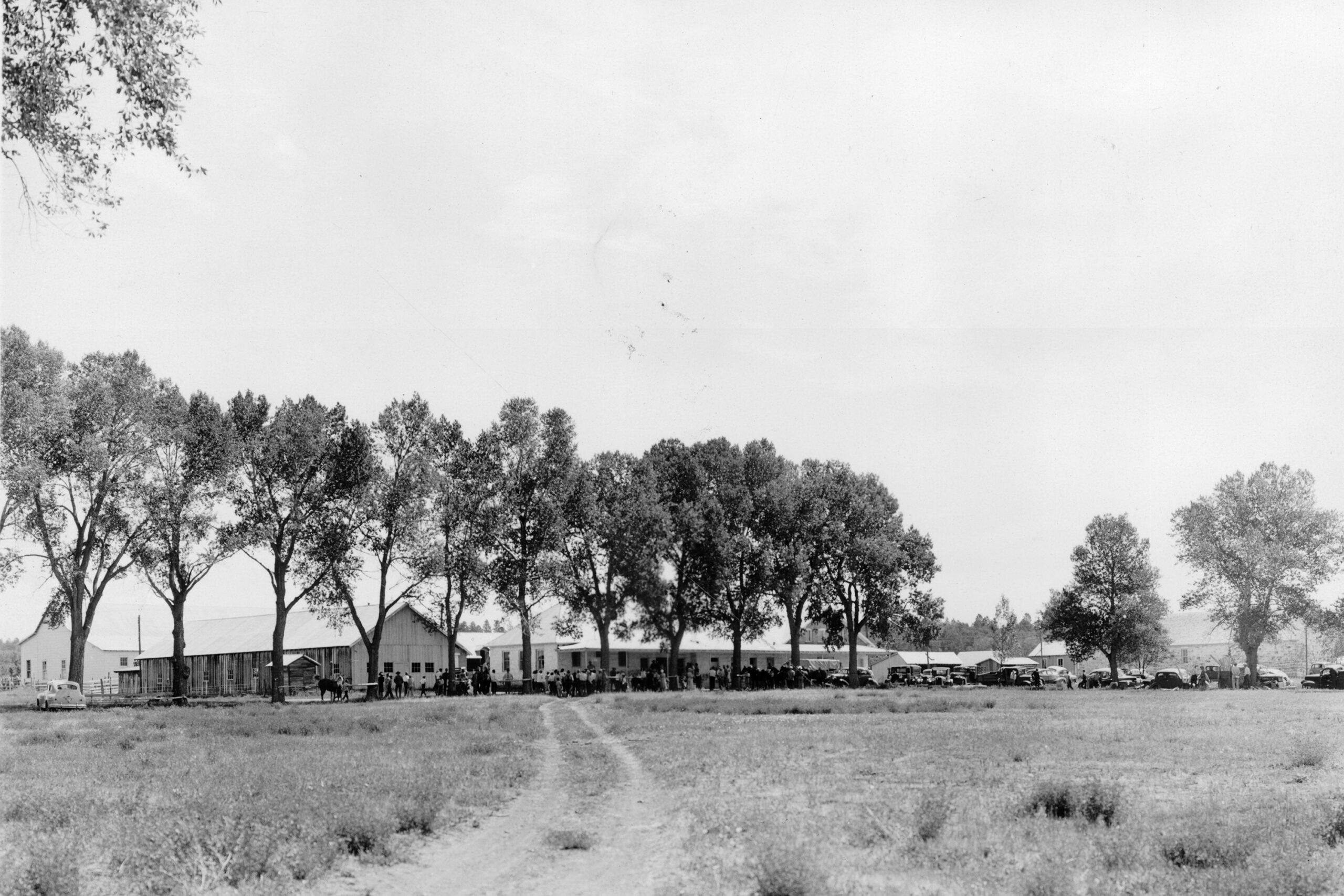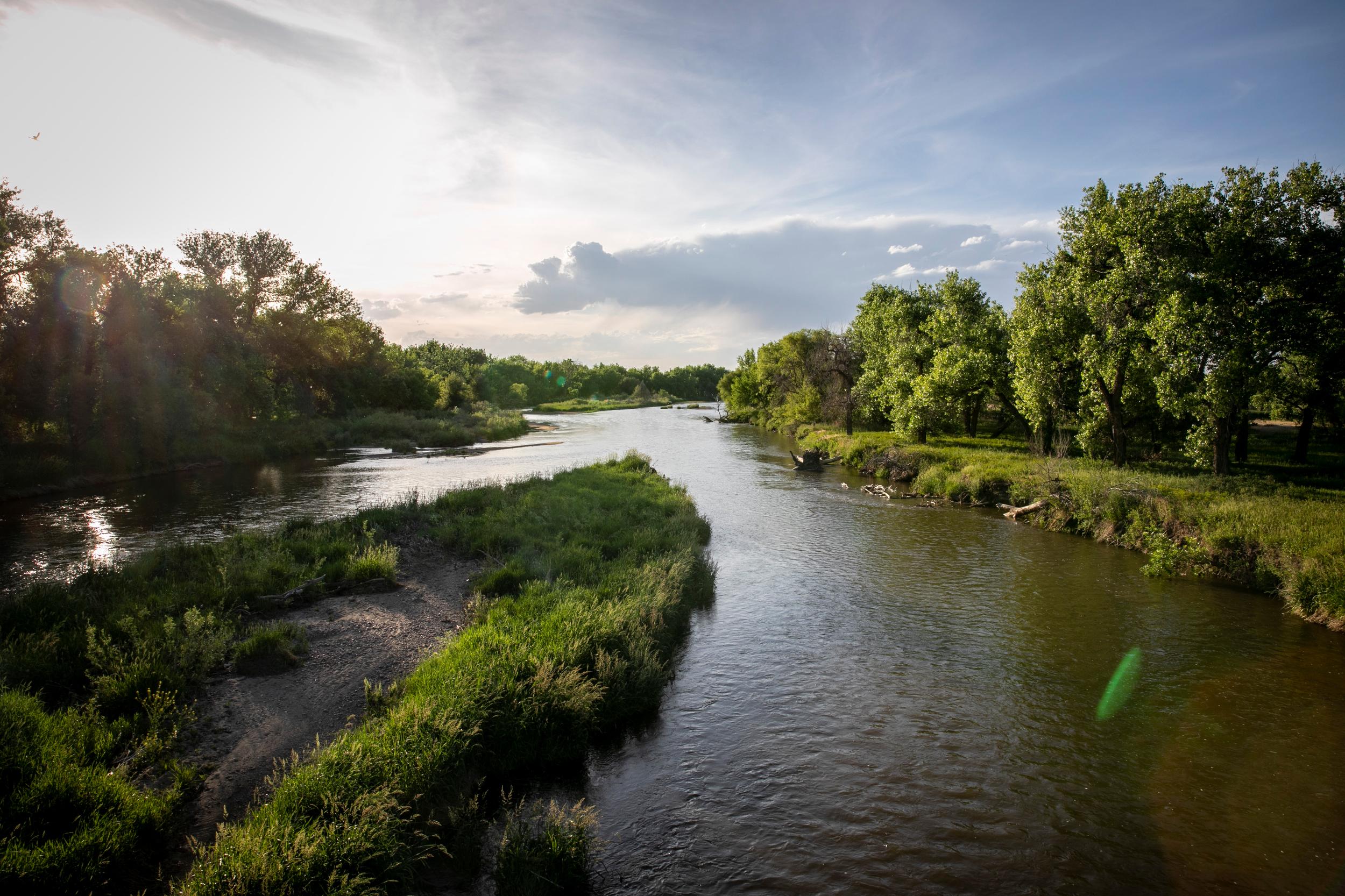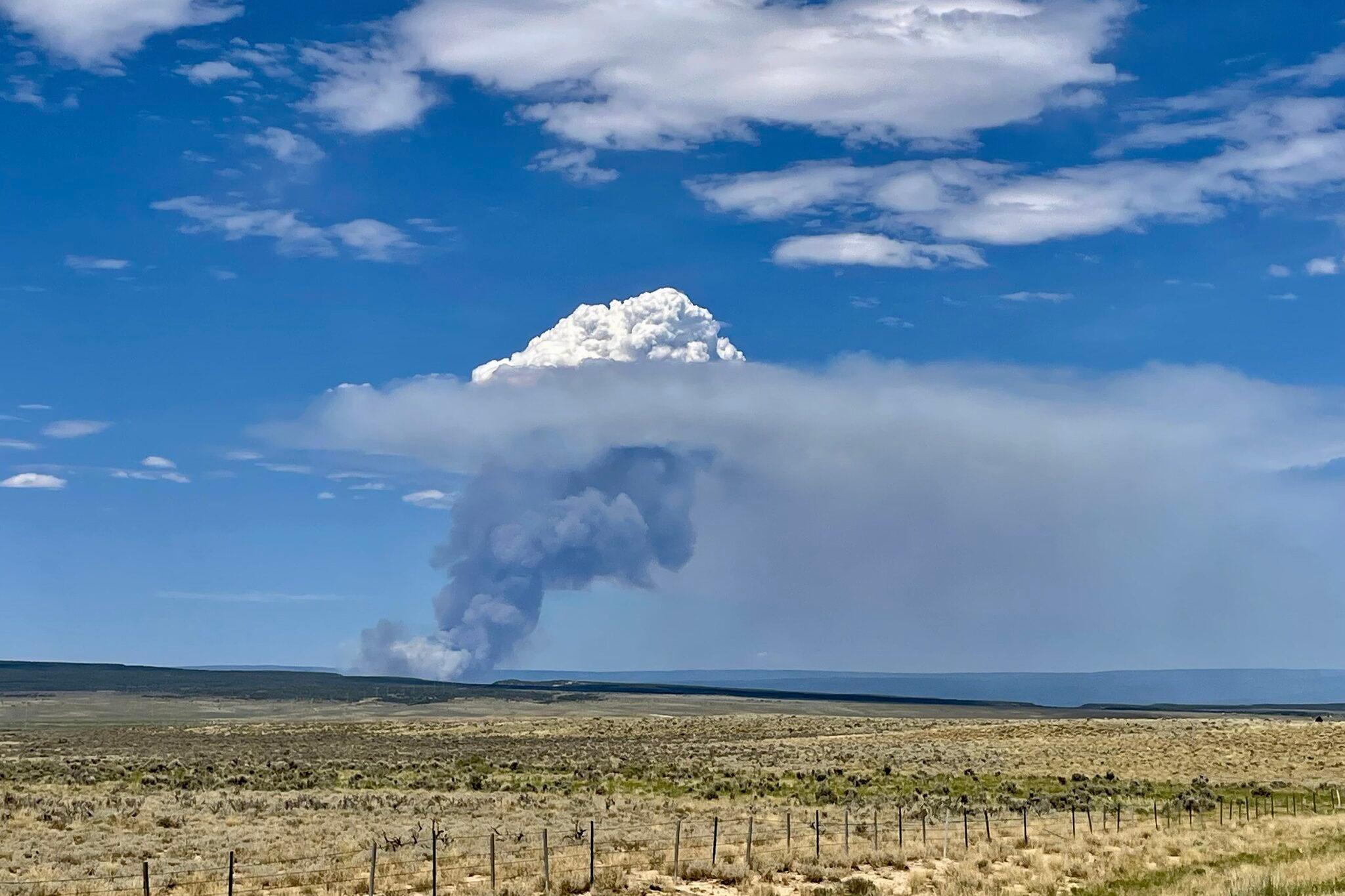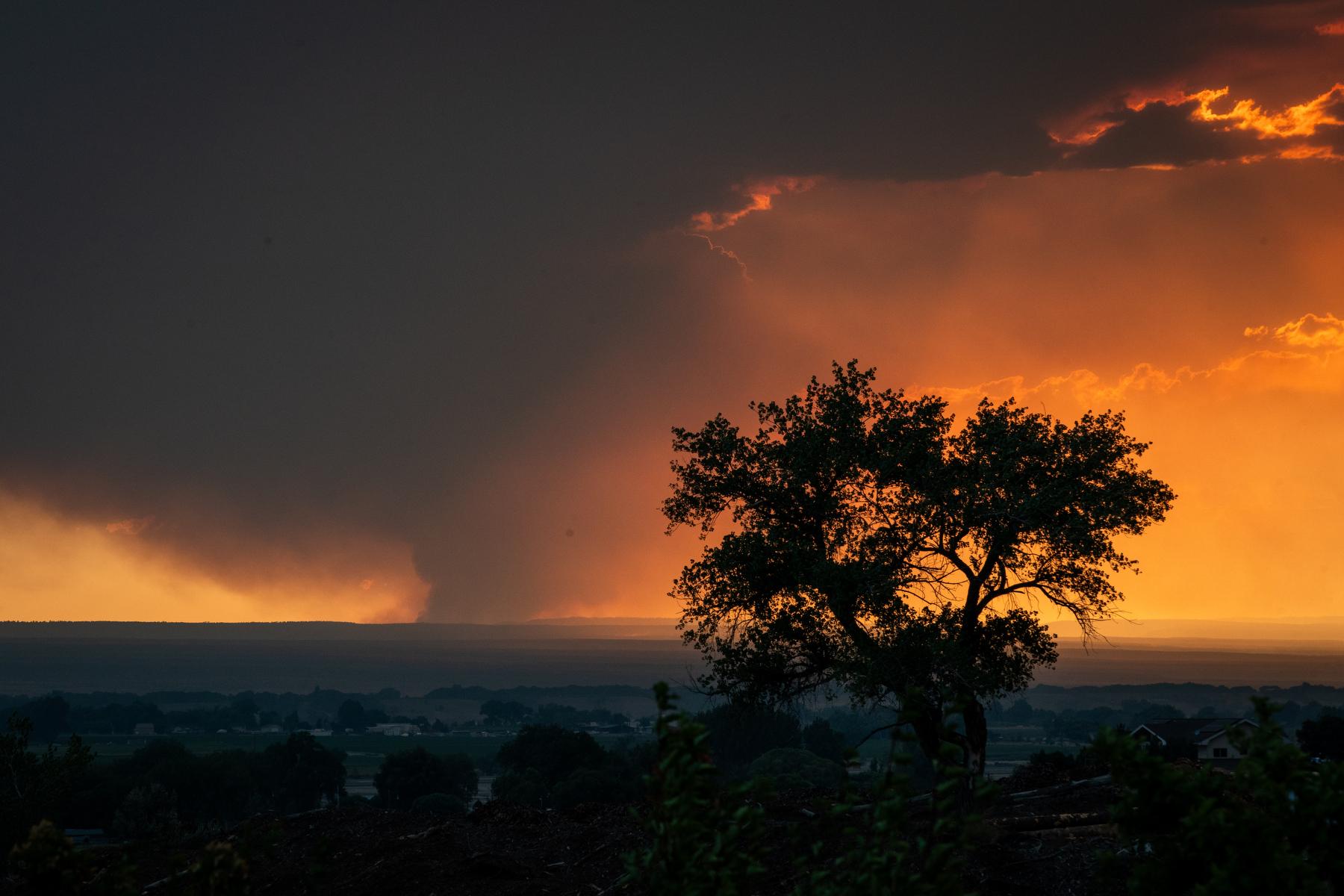
History Colorado researchers investigating schools that assimilated Indigenous youth around the turn of the 20th Century in Colorado say the forced schooling may have taken place at more locations than previously known.
“We have identified what we think are about 10 schools that operated in Colorado in that period of time where Native youth were sent as students,” said Holly Norton, the state archaeologist, in an update Thursday to the Colorado Commission of Indian Affairs.
Her update is part of a year-long investigation mandated by the state legislature that started in summer 2022.
“There is a caveat to that, in that some of these schools might actually be the same school operating with different names or having name changes over different periods of time,” Norton added.
She said her team plans to do further research to get more definitive information and may expand the tribes they are talking to as they figure out more about who, exactly, was sent to the schools.
Norton said the 10 include three Front Range schools where Indigenous youth were sent under federal contracts. She identified two of them as the Boys Industrial School in Golden, and the Colorado School for the Deaf and Blind in Colorado Springs. At the latter school, which still operates today, the researchers found at least four Ute children were sent there in 1893-1894. The Colorado School for the Deaf and Blind did not immediately make someone available to comment on the finding Thursday.
Previously, a federal investigation released in May 2022 had identified five Indian boarding schools total in Colorado, with four located in the western part of the state and one in Denver. While the federal inventory focused on institutions that did overnight boarding, History Colorado is accounting for “day schools” that “were often used as boarding schools for out-of-state or out-of-area students.”
With regard to the three Front Range locations she noted Thursday, Norton said, “We're not sure how the lived experience at those schools may have been different for Native youth than at the more traditional style boarding school, as the Front Range schools were not specifically established for Native youth.” But their existence expands tribal members’ and Coloradans’ understanding of the breadth of the treatment of Indigenous families by white people who were in charge.
Norton told Indian Affairs commissioners that the revelations come from a week that she and seven other researchers spent at the National Archives in Washington, D.C. at the end of November. They are focusing their archival research on the period 1880-1920 because those are the primary years that the boarding schools operated in Colorado.
In addition to archival research, this fall, History Colorado consulted with tribes remotely and in person, including representatives from the Ute Mountain Ute, Southern Ute, Tohono O’odham, and the San Carlos Apache.
Ute Mountain Ute Chairman Manuel Heart participated in the consultations about the Fort Lewis site near Durango. In an interview in November after the visit, he said walking the grounds raised questions for him about potential grave sites there, as have been found in other boarding school locations in Canada and the U.S. Heart hopes the consultations and records research will reveal more about who was forced into the schools.
“I'm assuming there'll be Navajo, there might be some Pueblo, Hopi maybe, maybe Zuni. For sure the Ute tribes. Apaches could be going there. We don't really know until we look at some of the records,” he said.
Heart is hopeful the investigation will help the tribes who were affected to reclaim some of their culture that their ancestors were forced to suppress a century ago. He said the boarding school era, “took away our language and our culture,” adding, “today we look at how we can revitalize and bring back all of these things that were taken away from us.”
Asked if he’s satisfied with the pace and scope of History Colorado’s investigation, Heart said, “at least the process is in place, a consultation process… and eventually families can feel that they have recognition of family members that went to these boarding schools.”
History Colorado also guided physical examinations of the boarding school site at Fort Lewis this fall, and the information they collected is still being processed.
In October and November, a drone collected LIDAR data and infrared images.
“Those are fancy photographs in different wavelengths that can show us different things about the surface of the earth,” Norton said. Ground penetrating radar was also used in November at the Fort Lewis site.
Simultaneous to the exploration into Fort Lewis, Norton noted that research continues into the Teller Institute site in Grand Junction. She said the Colorado School of Mines will do remote sensing at Teller next spring and summer, following up on examinations they did at the site this year.
History Colorado’s next update is planned for March 2023, and the initial investigation mandated by the legislature ends in the summer.









